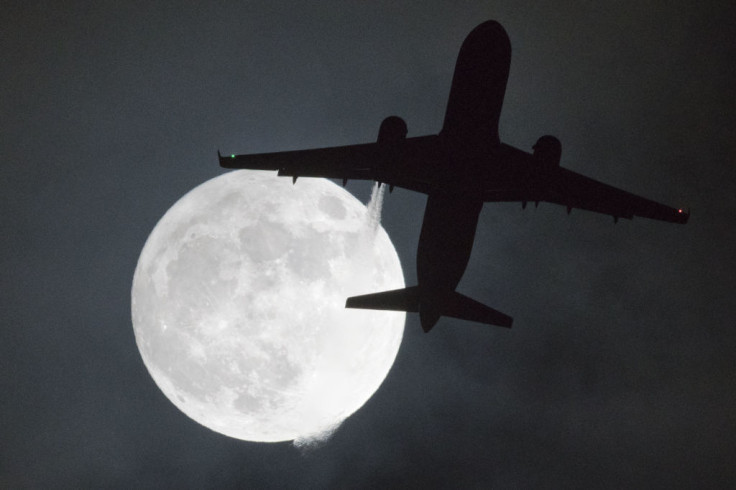Second Supermoon of 2020 to illuminate the Monday sky: Here's how to best view it
The next supermoon occurs in April.
Get ready sky gazers! Yet another chance to witness the supermoon is almost here. 2020's second Supermoon rises on Monday evening and sky watchers are about to witness a spectacular astronomical event.
On Monday night, the moon will be at its fullest phase and will appear its brightest and largest for three days. According to the information on NASA's blog, this phenomenon can be witnessed from early Sunday morning to early Wednesday morning.
The full moon has several special names and falls on one of India's largely celebrated festivals, Holi. This full moon is known as Crow Moon, Crust Moon, Sap Moon, Sugar Moon, and Worm Moon in the United Stars and Lenten Moon in Europe. It marks the last full moon of winter.
This full moon gives an amazing opportunity to astronomy enthusiasts to view the moon at its brightest on this day until the next supermoon in April. This is also the closest full moon to the March equinox that falls on Thursday, March 19 and marks the commencement of spring season in the northern hemisphere and autumn in the southern hemisphere.
When and how to watch it?
For sky gazers in London, the full moon will reach its peak at about 5:47 pm on Monday, according to Express UK. At this point, the moon will come closest to Earth and appear bigger and brighter than usual.
"If the Moon is within 10 percent of its closest distance at the moment of Full Moon, it is considered to be a Supermoon. During a Supermoon, the Moon appears up to 14 percent bigger and 30 percent brighter than the furthest a Full Moon can be," quotes the abovementioned publication citing The Royal Observatory Greenwich in London.

The enthusiasts do not require any special equipment to witness this spectacular view in the night sky. The supermoon can be viewed with the naked eyes. However, this may not be the best time to observe other celestial bodies, as the moon remains the most illuminated object in the sky making others appear dim.
© Copyright IBTimes 2025. All rights reserved.





















